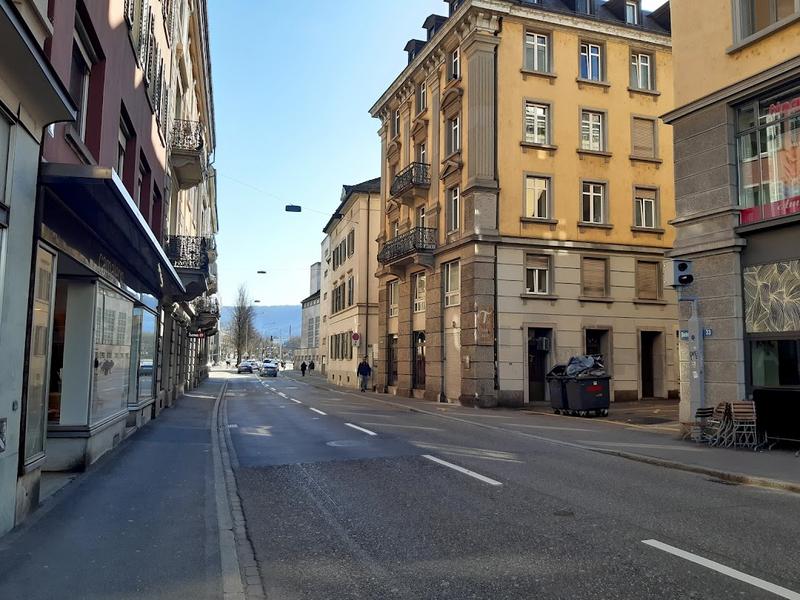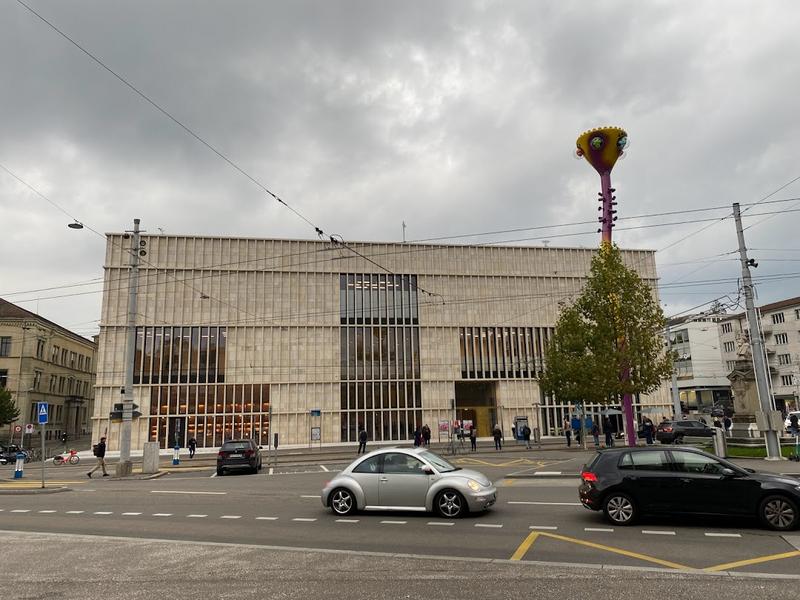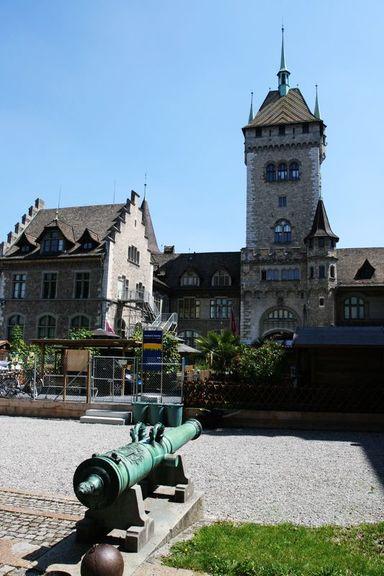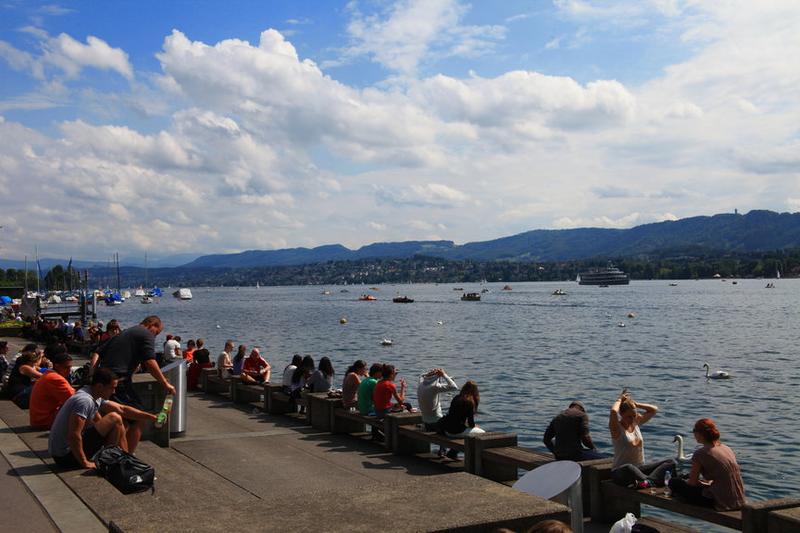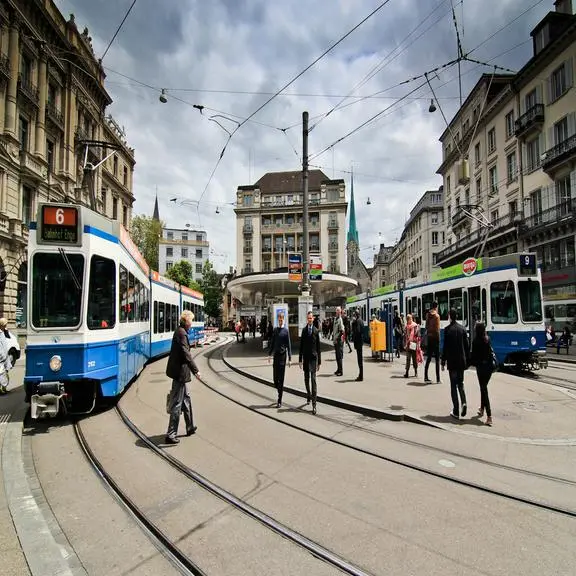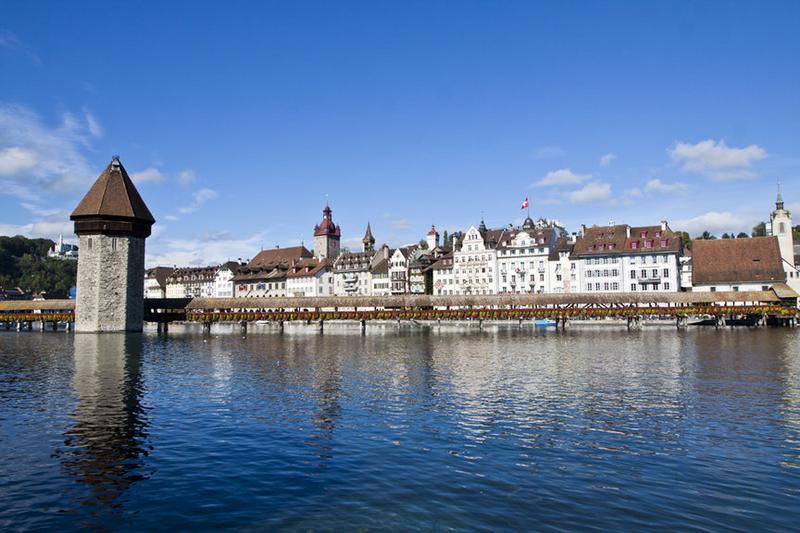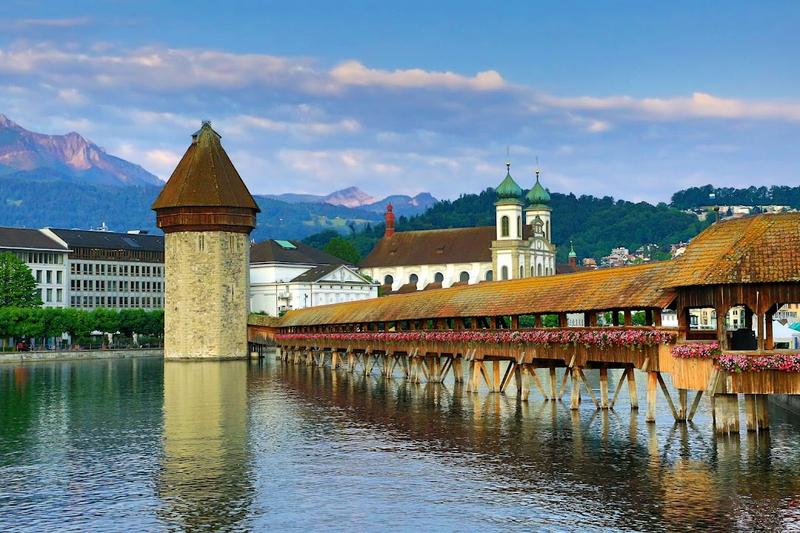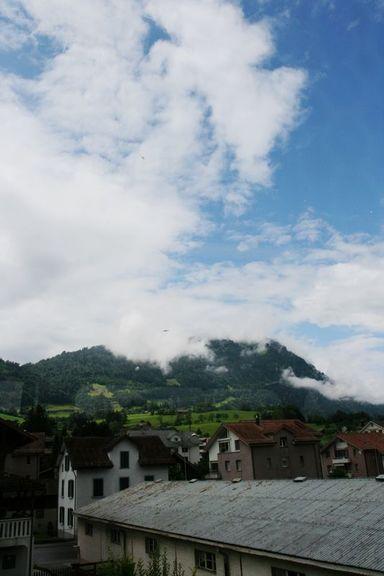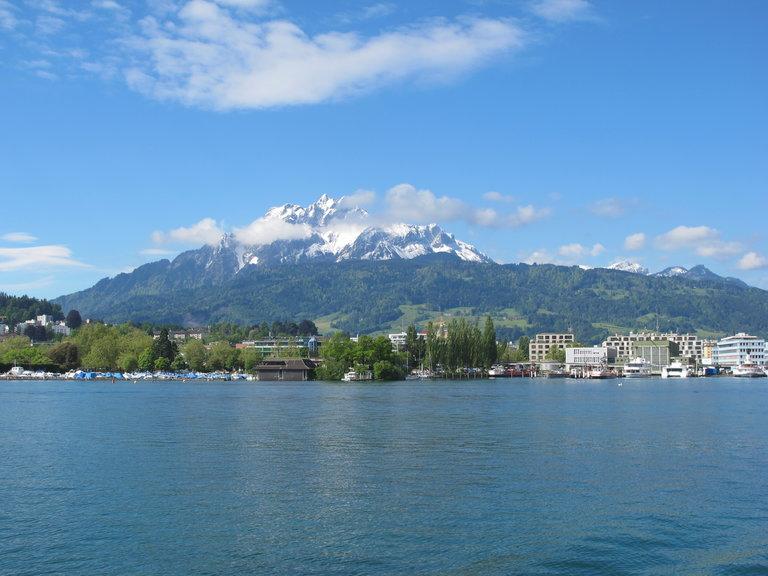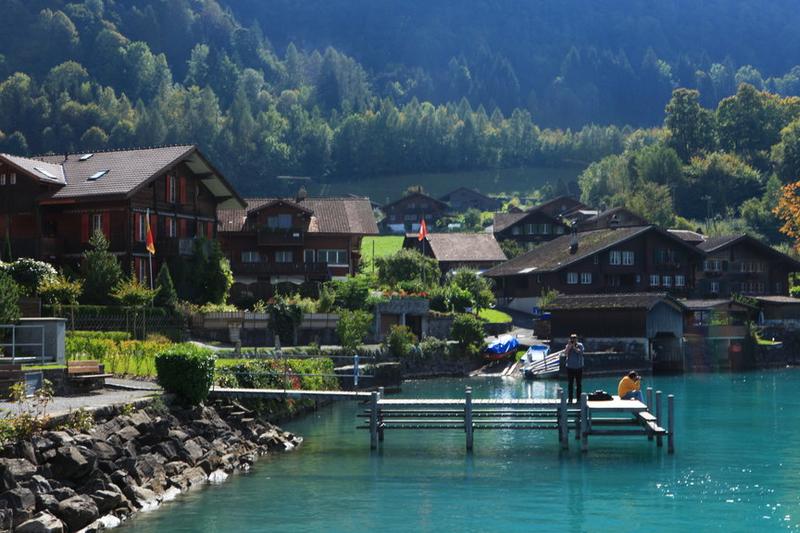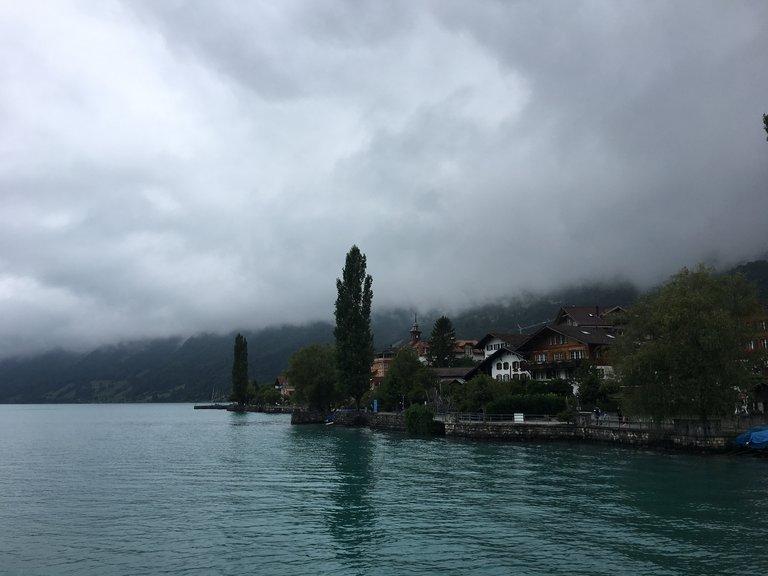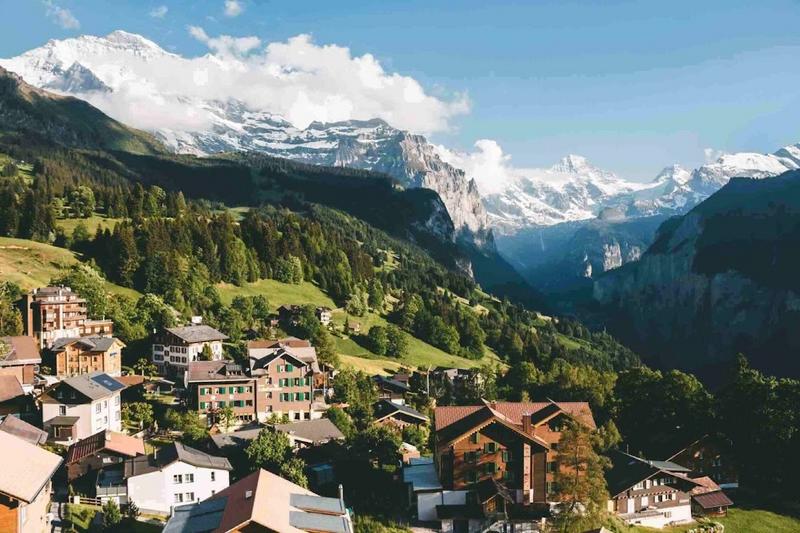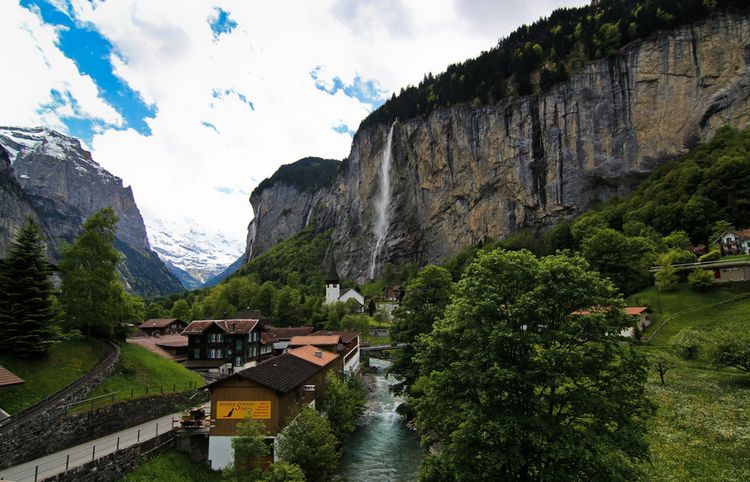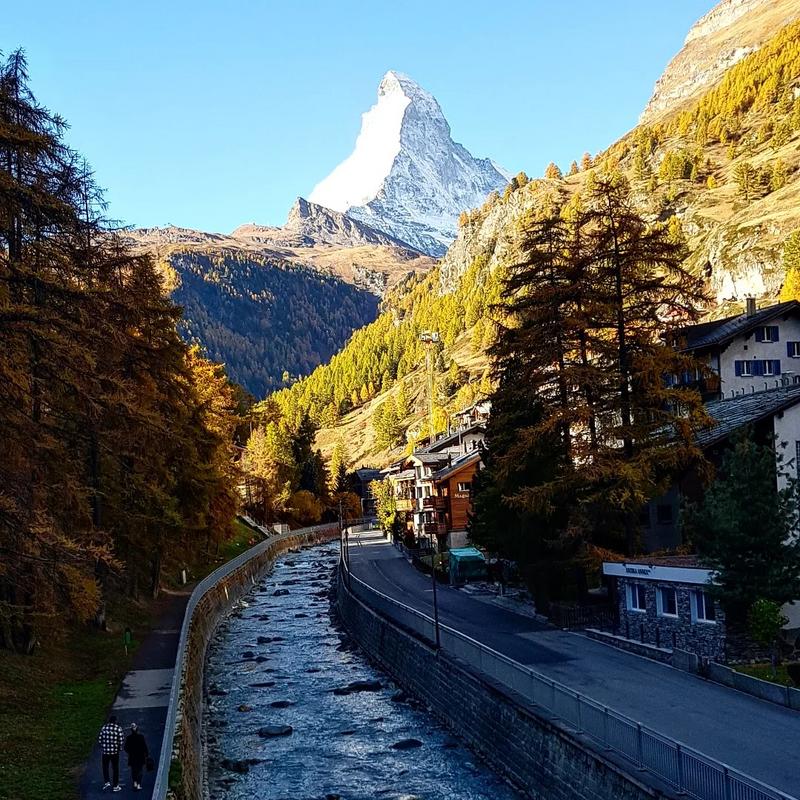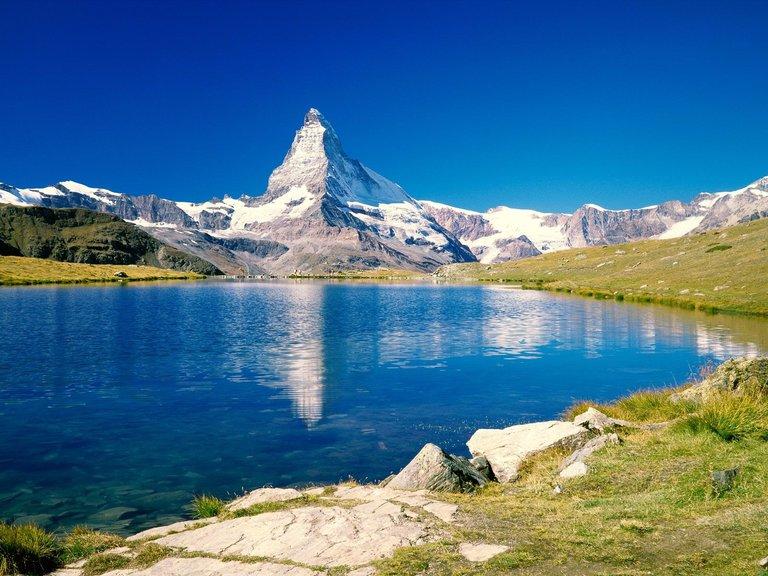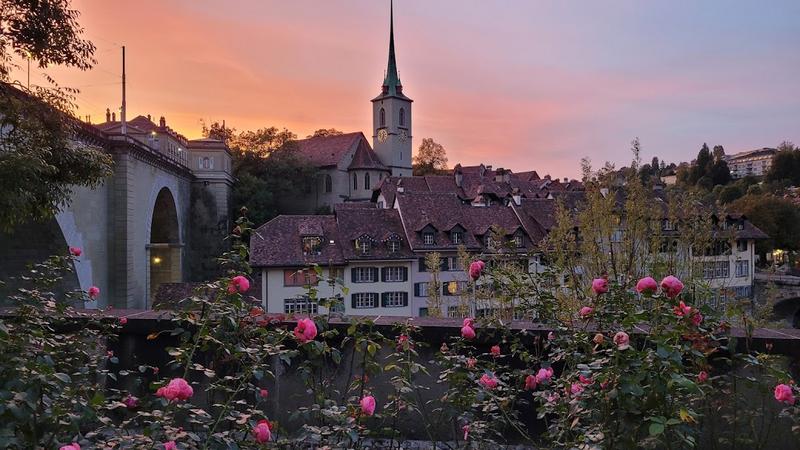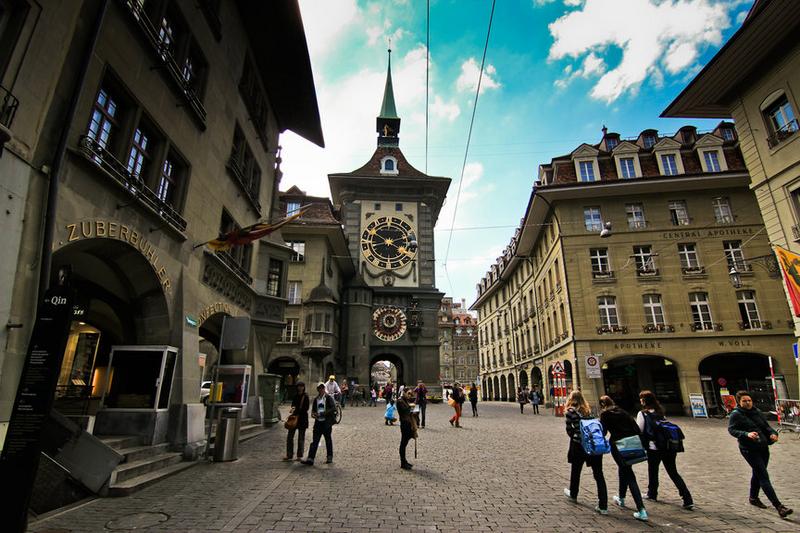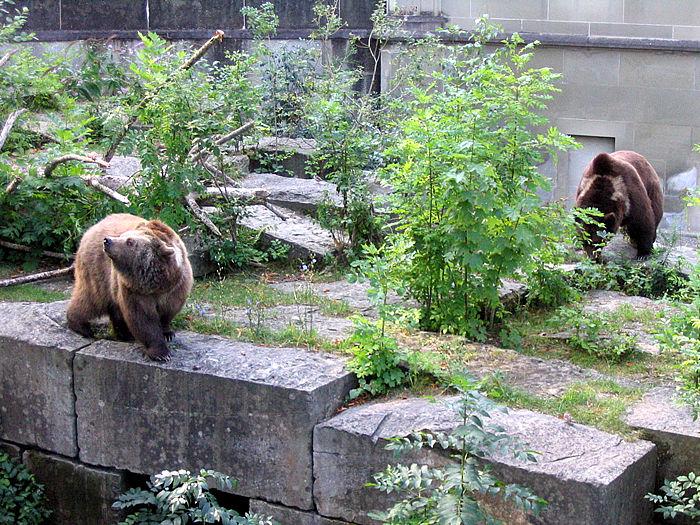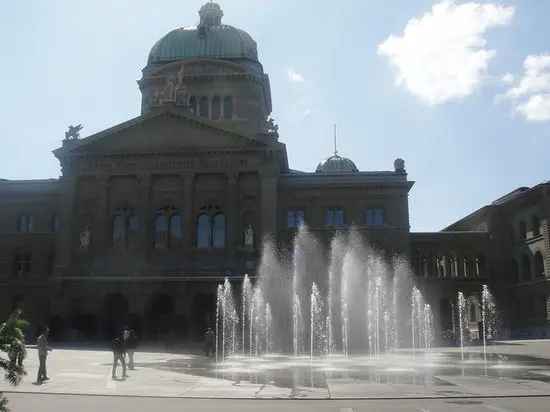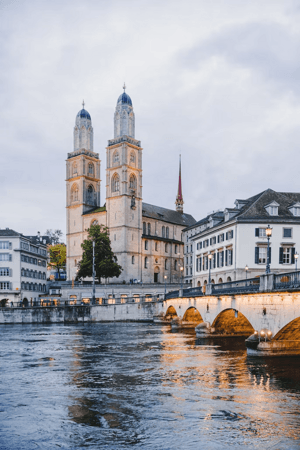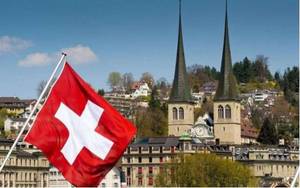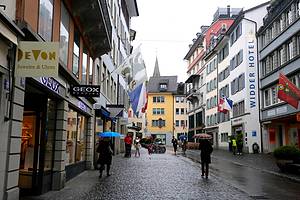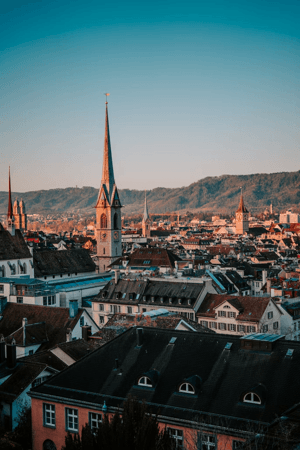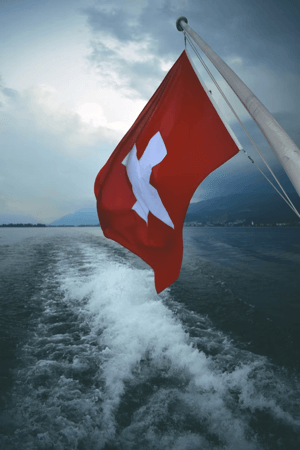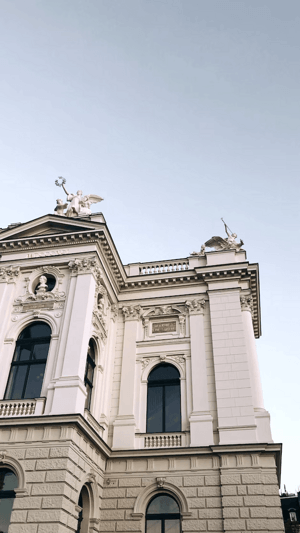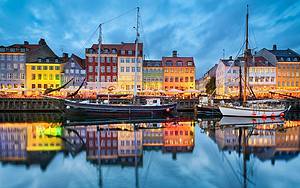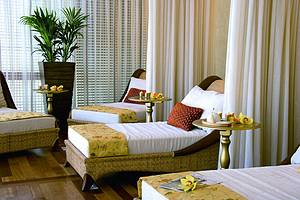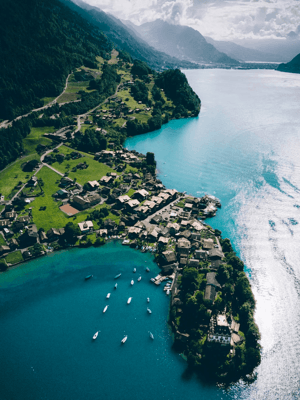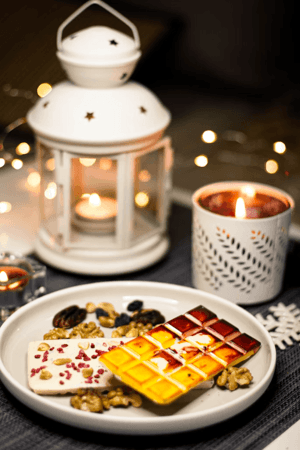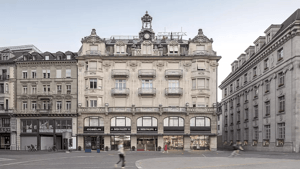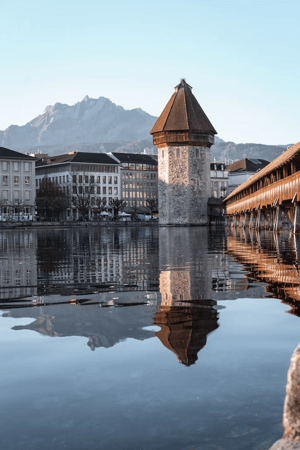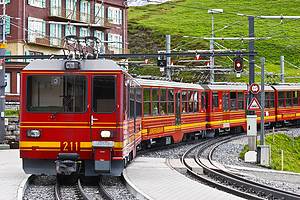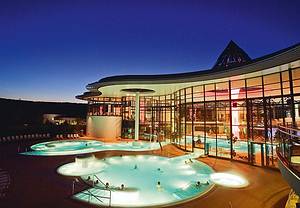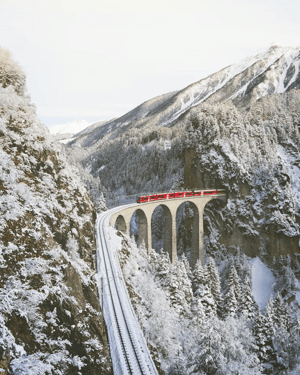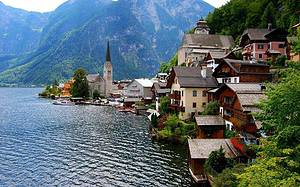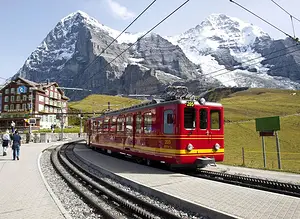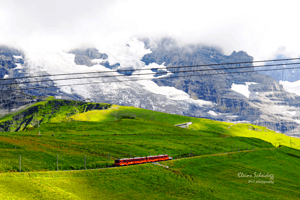5-Day Swiss Road Trip: Zurich to Zermatt
8 cities |
22 attraction(s) |
total distance 355
km
 TIPS
TIPS
Day1
Day2
Day3
Day4
Day5
Day1: Zurich
5 attraction(s) ·
6 km
2
Art museum with major European collections from 15th century to the present, plus temporary shows.
2
km
3
Located across the train station in Switzerland, the Swiss National Museum (Schweizerisches Landesmuseum) was founded in 1989 as a well-known comprehensive museum in Switzerland. The museum primarily collects artifacts related to Swiss history and culture from the Neolithic era to the present. As the largest museum in Switzerland, it covers various eras such as stone tools, handicrafts, art, and humanities including paintings, providing a real display of thousands of years of European history.
3
km
4
The glacial Lake of Switzerland is located in the northeast of the plateau and extends southeastward from the city of Zurich. The lake is at an altitude of 406 meters and has a crescent shape, stretching 29 kilometers from southeast to northwest, with a maximum width of about 4 kilometers and a minimum width of only 1 kilometer. The lake covers an area of 88 square kilometers, with the northwest being deeper, reaching a maximum depth of 143 meters, while the southeast is relatively shallow.
The surrounding terrain of the lake is gentle and is often covered with vineyards and orchards. When looking south, the beautiful Alps can be seen. The lake is home to a large number of water birds, and signs have been set up along the shore for people to observe them. The most famous and easily identifiable species of water bird is the swan, with its snow-white body and plump appearance unmatched by other water birds.
Pigeons and seagulls can often be seen gathered together by the lake, sometimes soaring in the air, sometimes playing with swans on the water's surface and sometimes flapping their wings to forage at the lakeside. Tourists by the lake always attract a large number of seabirds, which compete to divide the food. The unique scene of people and birds living in harmony by the lake forms a unique landscape.
2
km
5
Bahnhofstrasse, also known as the Station Street, is one of the longest shopping streets in Europe. Besides being one of the most expensive shopping places in the world, the street is also the real golden spot of Zurich. It is a stunningly beautiful sight, with luxury brands and private banks from all around the world. Bahnhofstrasse starts at Zurich's main railway station, runs along the Limmat river on the left bank of the commercial center, and eventually reaches the Burkliplatz on the shores of Lake Zurich after a 1.4-kilometer walk. The street is lined with lime trees, and only trams are allowed through to ensure air quality, while cars are not allowed to enter. This historic street was formerly Zurich's old city wall until it was demolished and rebuilt as a shopping street in 1867. With its fashion boutiques and numerous private banks, Bahnhofstrasse is on a commercial level comparable to New York's Fifth Avenue.
Day2: Kriens-Luzern > Lucerne > Kriens-Luzern > Arth > Kriens-Luzern
5 attraction(s) ·
42 km
1
The Kapellbrücke is a 204-meter (670-foot) wooden covered bridge that spans the Reuss River at the outlet of Lake Lucerne in Switzerland. It is a famous tourist attraction and landmark of Lucerne. The bridge was built in 1333 for defense purposes and is brown in color with a red roof. It houses approximately 120 paintings from the 17th century depicting the history of Lucerne. However, most of the bridge was destroyed in a ship collision in 1993, but was quickly rebuilt to its original form. The current bridge is a reconstruction built after 1993. In the middle of the bridge is an octagonal water tower that is 140 feet tall and was historically used as a prison, torture chamber, lookout and treasury. On the north bank of the Kapellbrücke is the St. Peter's Church, which is why it is commonly called the "Church Bridge".
1
km
2
Landmark 1300s wooden bridge with grand stone water tower & a roof decorated with 17th-century art.
9
km
3
Pilatus Mountain is one of the famous attractions in Lucerne, the elevation of which is over 2100 meters. Tourists can take a boat from the pier in the center of Lucerne to the foot of the mountain, and then switch to the steepest cogwheel train in the world. This train journey is unforgettable, and tourists can enjoy magnificent mountain views.
20
km
4
Mountain offering scenic views of surrounding lakes, plus activities like hiking, skiing & sledding.
14
km
5
This scenic park is naturally pristine and particularly worth a visit. Its lake is crystal clear and can reflect the spectacular views of the Pilatus mountains and the cityscape of Lucerne. It is truly breathtaking.
Day3: Interlaken > Lauterbrunnen
6 attraction(s) ·
40 km
2
In German, Interlaken is called "Between Lakes," meaning "between lakes," and it is known as the left eye of God. The scenery here is so beautiful, with green hills surrounding the river and snow-capped mountains in the distance.
16
km
3
Lake Brienz is a lake located north of the Alps in the Bernese Highlands of Switzerland. It has a length of approximately 14 kilometers and a depth of over 260 meters. Its eastern end is fed by the Aare River, while the southwest corner is fed by the Lütschine River from the Grindelwald and Lauterbrunnen valleys. Its western end flows into another section of the Aare River. The highest point in the lake's basin is the Finsteraarhorn, which has an elevation of 4,274 meters. The lake is surrounded by numerous towns and attractions, such as the Brienz Valley and the Giessbach Waterfall on the lakeshore. Visitors here can partake in various activities, such as swimming, boating, cycling, and hiking. Additionally, the lake serves as an important source of drinking water and a generator of hydroelectric power.
16
km
5
Lauterbrunnen is a highly regarded waterfall town, with the most distinctive landscape being the Staubbach Falls. The waterfall is located on a cliff, over 300 meters high, and is a landmark of the village. Poets Goethe and Wordsworth have written moving poems about its beauty, giving it full praise.
2
km
6
Day4: Zermatt
3 attraction(s) ·
2 km
2
The Matterhorn, also known as Monte Cervino, is one of the most famous mountains in the Alps. It is known as the "glacier paradise" and the "king of mountains". Even without extensive climbing experience, you can still appreciate the majestic scenery of the Matterhorn. By taking the highest aerial cable car in Europe or the Matterhorn Glacier Paradise Express, you can easily reach the observation platform of the glacier paradise, where you can enjoy a magnificent view of mountains and glaciers.
1
km
3
This Alpine railway rises 10,000 feet & passes through wildlife-rich terrain with glaciers & lakes.
Day5: Bern
4 attraction(s) ·
3 km
2
This bell tower was originally a part of the West Gate, and its appearance was rebuilt after a fire in the 15th century. The bell tower has a multifunctional astronomical clock that displays time, seasons and constellations. In addition to these functions, there will be exciting puppet shows before every hour for about 4 minutes.
1
km
3
Hilly park incorporating a 19th-century bear pit, now home to many brown bears, the city's symbol.
2
km
4
The Federal Palace is located in Bern and is home to the Swiss Federal Parliament. Designed by architect Hans Auer, it was unveiled on April 1, 1902, at a total cost of 7.198 million Swiss francs. The two houses of the Federal Parliament are separated by a dome hall, with the exterior of the dome standing 64 meters high and the interior reaching 33 meters in height. The Swiss coat of arms is prominently displayed in the center, surrounded by the coats of arms of the 22 cantons and adorned with the Latin motto "Unus pro omnibus, omnes pro uno" (One for all, all for one). In 1979, the coat of arms of the canton of Jura was added to the mosaic on the outside.
